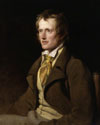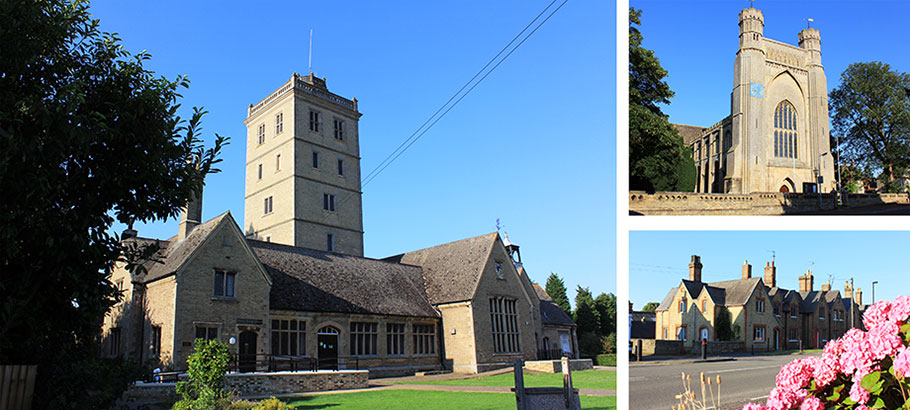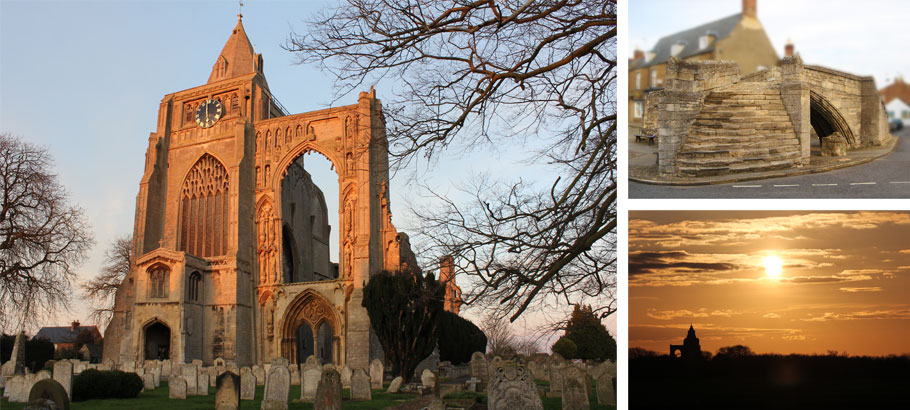Thorney
Thorney, to the east of Eye, has a population of around 1,700. The village is about eight miles east of Peterborough. Historically it was part of Cambridgeshire but was transferred into the former county of Huntingdon and Peterborough in 1965. It remained part of Peterborough when the city became a unitary authority in 1998.
The village dates back to 500AD when it started as a Saxon settlement. Following the dissolution of the monasteries, the estate became Crown property and it was granted to first Earl of Bedford in 1550. The village’s local school is named the Duke of Bedford Primary School. The A47 bypass to the north of the village opened in Winter 2005.
There is a small cafe on the high street that provides afternoon tea, lunch and drinks if you need refreshments.
Thorney Heritage Museum
Thorney Heritage Museum is a small museum based in the historic Bedford Hall. It has a wide range of information about the village and you can also visit the war room and find out how the village of Thorney fared during the Great War and WWI. The museum is only open for a limited number of days each year but entry is free and it has parking onsite. Its staffed by volunteers who are members of The Thorney Society.
If you’ve driven through the village and like to know a bit more its worth a visit. Open from Easter Sunday then each Sunday through to the last Sunday in September from 2 – 5 pm except August Bank Holiday Sunday (11 am – 2 pm). Tours are held during the spring and summer months
The Tankyard, Station Road, Thorney PE6 0QE
Distance from Eye: 3.6 miles • Journey time by car: 6 minutes • Public transport: Number 36 bus
Crowland
Crowland is the small town to the north of Eye known for its ruined medieval abbey and its 14th-century bridge. The town had its own secondary school until it was closed in 2014 when students were moved to University Academy in Holbeach. Being few miles from Peterborough and Spalding the village has retained many smaller businesses including a bakery and a butcher. The Lincolnshire/Cambridgeshire border lies just to the south of the town.
Crowland Croyland Abbey
The Grade I listed abbey dates to the eighth century when the foundation stone for the first abbey was laid. The abbey has since been destroyed and rebuilt on more than one occasion. While the naive of the abbey church and two side aisles were left standing to serve as the parish church for Crowland, sadly only the north aisle now remains.
You can also find more in the abbey’s history visitors centre. You can also take an interactive virtual tour around the church and abbey ruins. Guides are available between 11 am and 4 pm in the summer (3 pm in winter). A variety of information leaflets and loads of information on a touch screen computer etc are available in the centre.
The Abbey is open daily 8.30am until 4.00pm (3.00pm between November and March), apart from times when worship takes place.
46 East St, Crowland, Peterborough PE6 0EN
Distance from Eye: 5 miles • Journey time by car: 10 minutes • Public transport: Number 37 bus
Trinity Bridge
Another feature of interest is the bridge which dates to the 14th century. The bridge is built of stone from Barnack as are Ely and Peterborough Cathedrals. It originally spanned the River Welland before it was re-routed to the west of the village.
Helpston
Helpston like Eye was once part of Northamptonshire. To the east of the village is the crossing over the East Coast mainline. The village once had a railway station which opened in the 1840s and closed on in June 1966.
John Clare
 John Clare is now seen as one of the most important 19th-century poets. Born in Helpston in 1793, he lived in the village until 1832. Clare grew up during a period of massive changes in both town and countryside as the Industrial Revolution swept Europe.
John Clare is now seen as one of the most important 19th-century poets. Born in Helpston in 1793, he lived in the village until 1832. Clare grew up during a period of massive changes in both town and countryside as the Industrial Revolution swept Europe.
Clare penned numerous poems, many of which were only published after his death. His works focused on the natural world and rural life, and his love for his wife Patty and for his childhood sweetheart Mary Joyce.
The thatched cottage where John Clare was born was bought by the John Clare Trust in 2005 and is open to the public. The Cottage contains examples of his work together with information about his life. In 2013 the John Clare Trust received a grant from the Heritage Lottery Fund to help preserve the building. Some of the rooms have been returned to the style that would have been found in cottages in the early 19th century in rural England. The gardens have been redesigned and planted with varieties which would have been seen in Clare’s time.
Clare Cottage, 12 Woodgate, Helpston PE6 7ED
Distance from Eye: 9 miles • Journey time by car: 15 minutes • Public transport: Number 201 bus from Queensgate
Other places to visit
- Burghley House
Burghley House is a sixteenth-century country house close to Stamford which was built by and still lived in by the Cecil family. The house is a Grade I listed building, inside the house is are a number of richly furnished rooms. It has appeared in a number of films including the Da Vinci Code, Pride and Prejudice and Elizabeth: The Golden Age. The House and Gardens are open to the public for most of the year. The park is free to enter but there is a charge to enter the hall and gardens. - Elton Hall
To the west of Peterborough is Elton Hall. Parts of the building date to the 15th century. The River Nene flows through the 3,800-acre estate. There are guided tours of the hall and the gardens have been restored in recent years. The Hall is only open in the summer and on specific days, see the website for further information. - Flag Fen
Flag Fen Archaeology Park is home to a Bronze Age wooden causeway and platform perfectly preserved in the wetland. Built over 3300 years ago it was used by the Prehistoric fen people as a place of worship and ritual. The visitors’ centre has a range of exhibits, also onsite is an Iron Age roundhouse and Bronze Age longboats. There are tours but they depend on the availability of volunteers.
- Peterborough Cathedral
Peterborough Cathedral is one of the finest Norman cathedrals in England. Founded as a monastic community in 654 AD, it became one of the most significant medieval abbeys in the country and is the burial place of two queens and the scene of Civil War upheavals. Tours are available and entrance is currently free. - Peterborough Museum
Located in one of the city’s historic buildings, Peterborough Museum is a great source of local and regional history. The restored operating Theatre on the top floor is a reminder of the medical history of the building. From the prehistoric to the modern day the museum takes you on a journey through history. There are different exhibits throughout the year. Entry is free except when special events are being held, it’s not huge but well worth a visit. - Stamford
In 2013 The Sunday Times rated Stamford as “Britain’s top place to live”. Whereas all of Peterborough’s cobbled streets have been ripped out and replaced with tarmac or other modern material the centre of Stamford has retained much of its historic architecture. It has over 600 listed buildings around the town centre including five medieval churches. The area was designated a conservation area in 1967 and the majority of businesses remain independent retailers. Stamford Leisure Pool features a dynamic oasis type pool with features such as a wave machine, water sprays and flume/slide.



